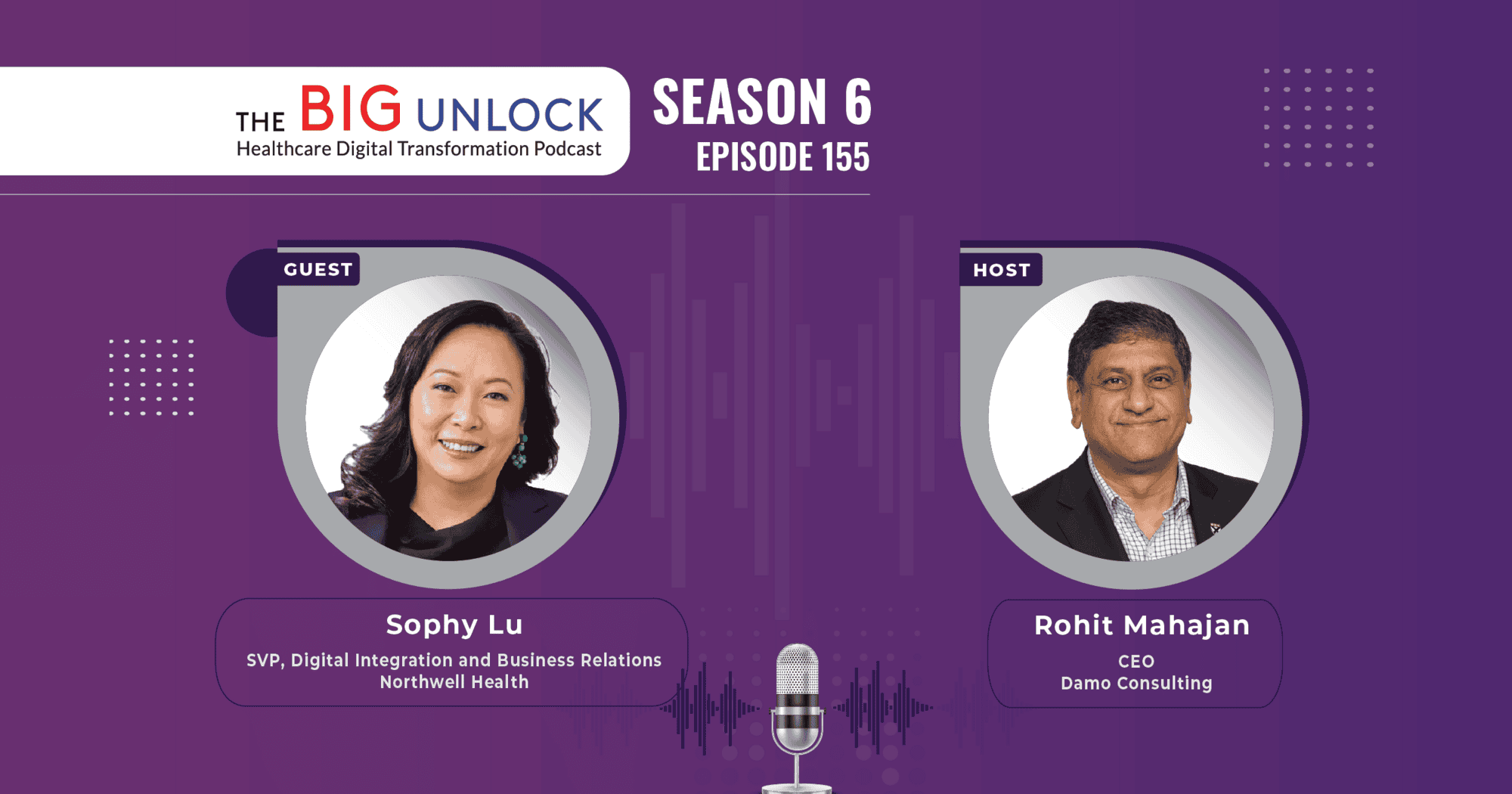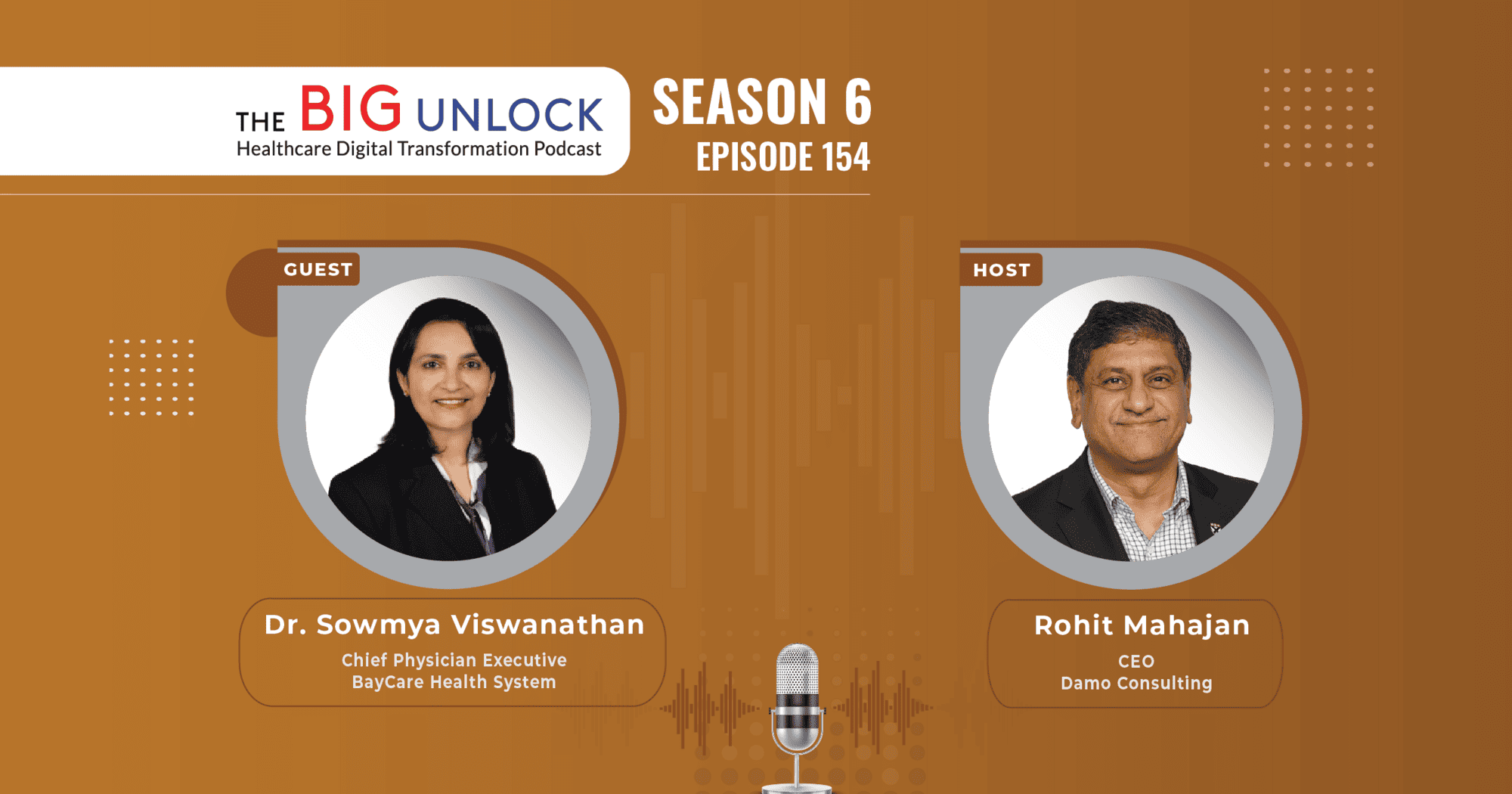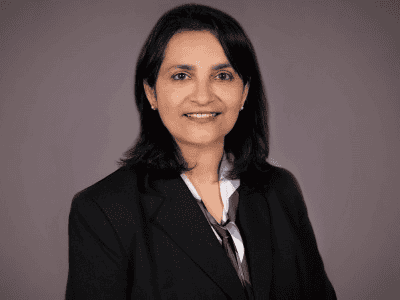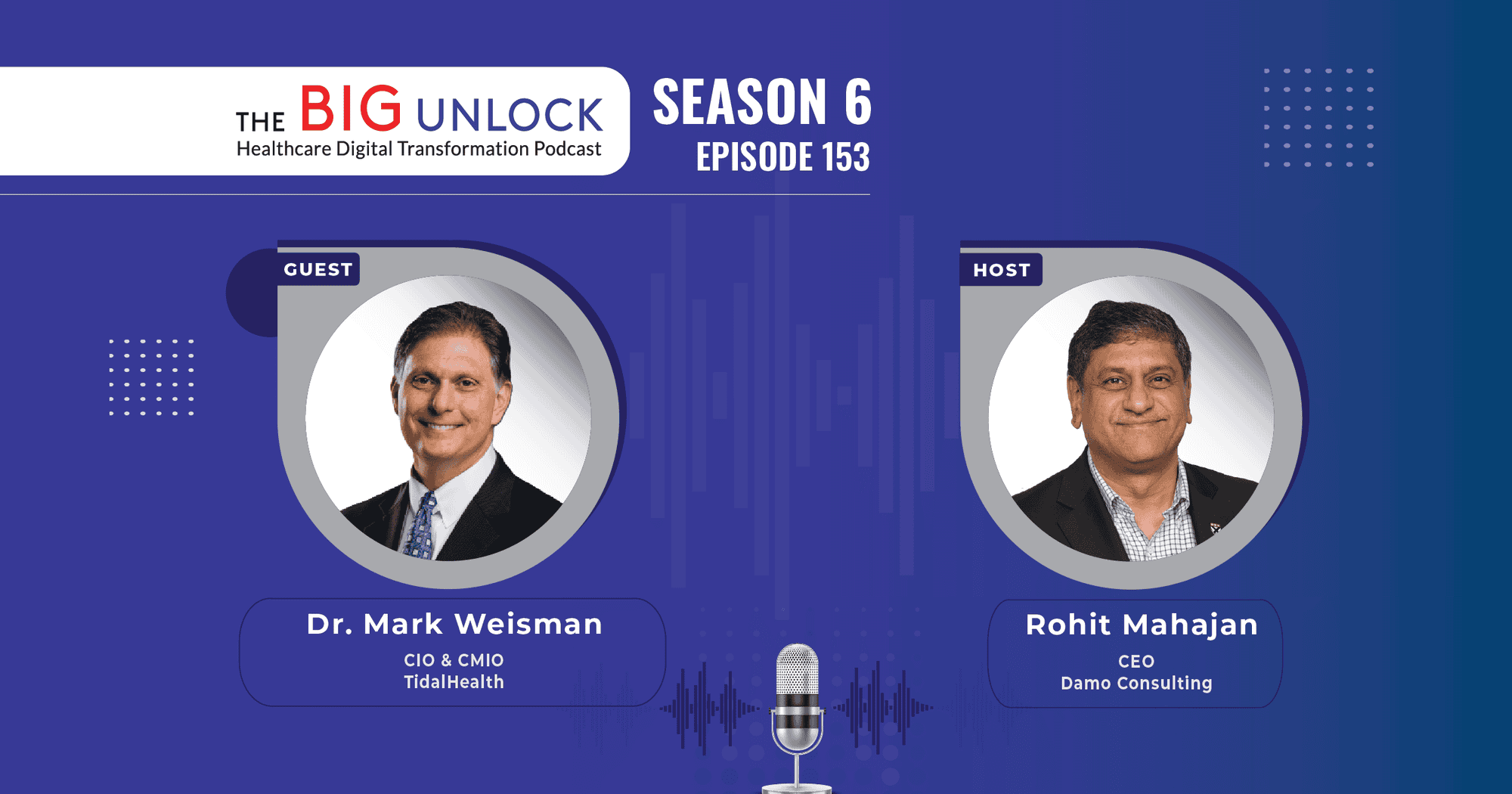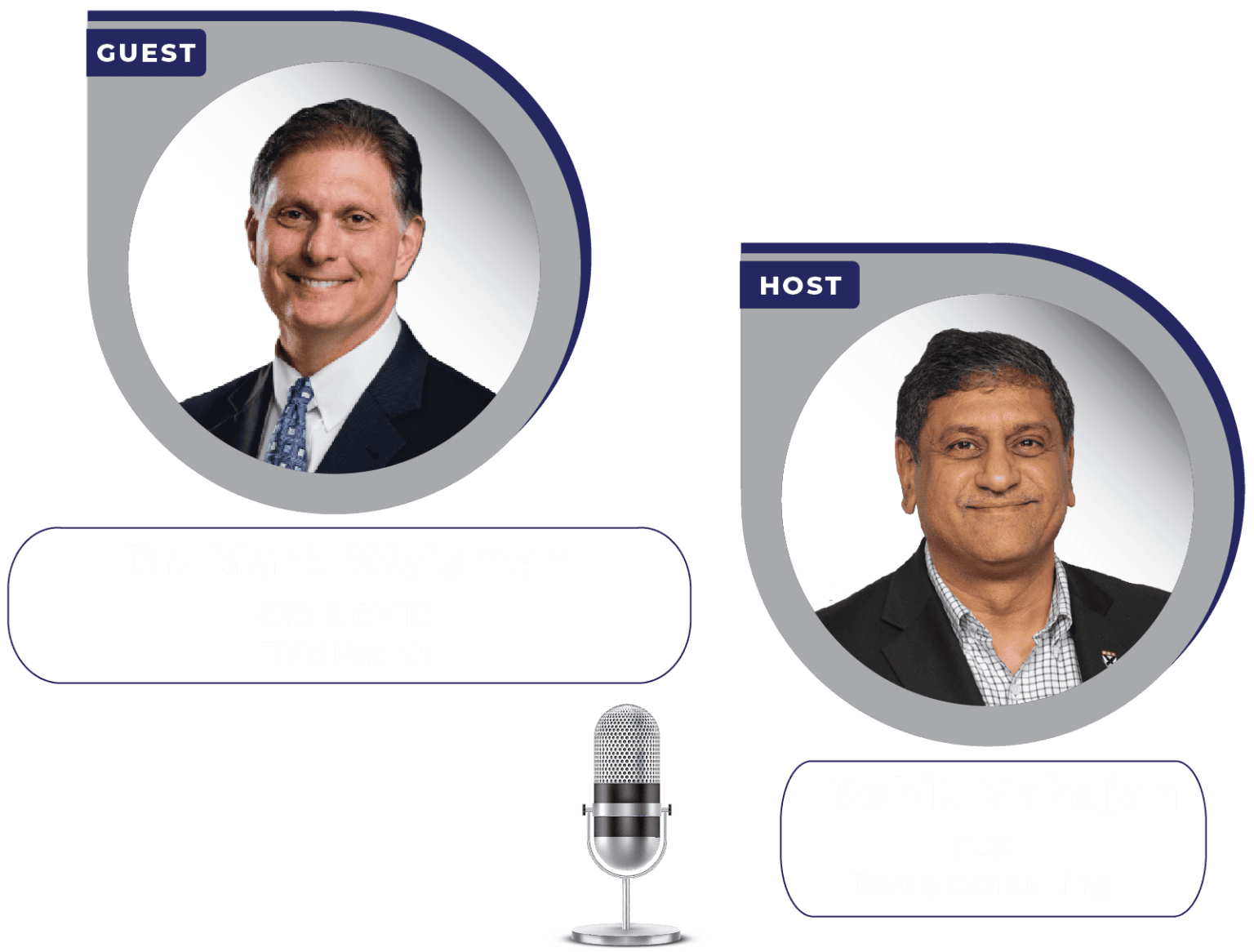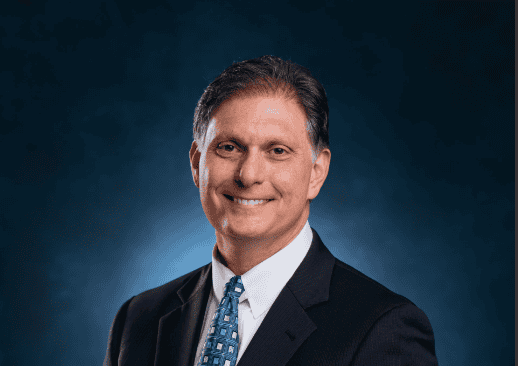Season 6: Episode #155
Podcast with Sophy Lu, SVP, Digital Integration and Business Relations, Northwell Health
Digital Relationship Management is Bridging Operations, Technology, and Patient-Centered Care.
Share
In this episode, Sophy Lu, Digital Integration and Business Relations at Northwell Health, discusses her journey into the healthcare industry and Northwell Health’s digital transformation journey.
Sophy states that the foundation of their digital transformation began with simplifying the ecosystem and strategically selecting key functions – cloud, data platforms, and EHR – to drive efficiency. She highlights the emergence of digital relationship management as a critical discipline, ensuring a seamless connection between operations, technology, and patient care.
Sophy also discusses how Northwell is leveraging AI and generative AI in imaging, precision medicine, and other areas of innovation. Additionally, Sophy introduces Northwell’s AI Hub, a dedicated interface designed to empower their workforce with AI-driven capabilities. Take a listen.
Show Notes |
||||
| 01:14 | What interests you in the healthcare industry segment to become the CIO of a hospital system? | |||
| 02:47 | How long have you been in the leadership position at UMC, where is it located, and what kind of population does it serve? | |||
| 03:35 | You have done a lot of work from technology perspective to support the business needs of the hospital. You've done over 200 applications and transformed the EMR system. Would you like to share with the audience the thought process that drove those changes and what were some of those changes? | |||
| 07:47 | What do you think about your digital transformation efforts? If you could describe a few of them which have had impact on the patient population. | |||
| 08:30 | Please describe in your own, you know, way that what is digital transformation for provider systems such as yours? Where do you see it going? Some of the challenges that you might have faced and how did it actually end up impacting patients? | |||
| 11:24 | How did you manage to change the mindset of the people? How did they manage to change themselves? To adapt to this new world where technology, especially with AI and GenAI and other new technologies which are coming our way, how do you change mindsets and change behaviors and change culture over there? | |||
| 13:00 | Would you like to provide one example of how the technologies which you were implementing, and you continue to be implementing in your hospital system are accessible and usable by a variety of users, including within the hospital and outside the hospital. | |||
| 16:28 | How do you innovate? Do you involve external parties? Do you have some kind of a, you know, innovation focus department? Or is it part and parcel of everybody's, you know, kind of like daily life? | |||
| 19:24 | What are your thoughts on new technologies, especially Gen AI? Have you been experimenting with any predictive analytics or large language models? What would be your advice or thoughts to any other healthcare leaders on how to go about this journey of exploration? | |||
| 22:15 | Standing here now and looking back, if you were able to go back and change one or two things, what would you like to do differently or have done differently? | |||
Video Podcast and Extracts
About Our Guest

Sophy Lu is a Senior Vice President at Northwell Health for digital and business integration. Her responsibilities include synergizing M&A operations to business strategies and building a new digital relationship management discipline in the Western market. In her 15-year tenure at Northwell, she was appointed to various executive leadership positions including CIO to deliver the health system's long term strategic vision, digital and technology transformation.
Sophy has always thrived on solving the impossible, leading a team of diverse talent, organizing chaos into calm, helping people, making a difference every day, and always enjoying the journey! Outside of work, Sophy lives in Brooklyn with her husband, their two adulting offsprings, their four Labradors and two Norwegian forest cats. She enjoys cooking, skiing, knitting, traveling, and spending time with her family and friends.
Recent Episodes
Q. Thank you for joining the podcast, Sophy. It’s great to have you here. Likewise. I’m Rohit Mahajan, managing partner and CEO of BigRio and Damo Consulting, and the host of the Big Unlock podcast. As you know, it was started by Paddy a long time ago. We’re honored to continue this podcast. We’re now in the 150s episodes, so it has come a long way. Sophie, could you please introduce yourself?
Sophy: Thank you. My name is Sophy Lu. I am currently the Senior Vice President of Digital Integration and Business Relations at Northwell Health. Previously, I’ve held multiple executive roles at Northwell, including System CIO, and I’ve been with Northwell for approximately 15 years. I grew up in the application space. Prior to that, I was trained as a chemical engineer. I enjoy continuous learning, integration, connecting people, and solving problems by bringing common to chaos. I live in Brooklyn, happily married with two grown kids. I have four Labradors and two Norwegian cats.
Q. That’s awesome. So, how does a chemical engineer like you, Sophy, wind up in one of the largest healthcare systems in the country? Please tell us a bit about your journey and about Northwell as well.
Sophy: Absolutely. I often say it’s a mix of luck, timing, and a lot of hard work, along with the networks you’re exposed to. Initially, I wanted to be a kindergarten teacher, but my love for science and math led me to chemical engineering. I worked in that field for about seven years after graduation, focusing on process and industrial design for chemical plants. This role took me across Europe and Indonesia.
During that time, I was drawn to sustainability, working on clean energy projects. About 20 years ago, I was involved in expanding liquefied natural gas and combined natural gas. While these concepts are well-established today, back then, scaling them in the transportation and energy industries was quite ambitious.
As the engineering sector shifted more towards the central United States, I wanted to stay close to my family here. I explored other opportunities, sending out numerous resumes at job fairs. A consulting company noticed my background and brought me on board to work on technology integration and implementation, leveraging my industrial gas experience.
This consulting role involved extensive project management, business integration, and participation in mergers and acquisitions. Notably, I worked with St. Vincent’s Hospital, which expanded from a single institution to about seven or eight. Unfortunately, it eventually faced bankruptcy. This experience provided deep insights into management during financial crises and organizational turnarounds.
This was my first exposure to healthcare—a sector dedicated to care and wellness but often challenged by reimbursement issues and technological limitations. After St. Vincent’s closure, I was recruited by Northwell Health to work in their application space. I joined during the inception of their revenue cycle implementation, marking the beginning of their patient journey and EHR initiatives. Since then, I’ve been with Northwell and have never looked back.
Q. Oh yeah, yeah. So you spent many years at Northwell and that’s a fabulous, you know, segue from your industrial engineering and engineering background into healthcare. You know, and you got a glimpse up close of a, of an institution that, that went through that phase as well of M& A and, you know, turn around.
So Sophy, tell us about your new role. I understand that you have a new role here at Northwell and that you are looking at, uh, some very different initiatives. So how’s that coming along and, and. What can you share with the audience?
Sophy: Yes. So as we started the digital transformation journey at Northwell, laying out the foundation of simplifying the ecosystem and selecting strategic functions that we wanted to implement relative to sort of the cloud foundation, the data platform and evolving our EHR for the entire organization, there was a need that we looked into that we wanted to focus on for digital transformation integration and business relations. And what does that mean? If you look at the heart of where technology and a seat at the table, along with operations and clinical care and patient experience has married, the new discipline of digital relationship management really is trying to make sure that we are bridging operations to technology to patient at the center.
Right. And some of those objectives, no matter whether you’re looking at an adoption of technology that you just are implementing, like an EHR or your new emerges and acquisitions of how are you going to integrate the business looking at building out a new facility? And what are you thinking about relative to innovative workflows and engagement and experience for, for the patient and the families, right?
And so you look to bridge in that relationship, strategic alignment, you want to make sure that the stakeholders are engaged in the decision making and the journey. And you want to facilitate effective communications because everybody doesn’t always speak the same language at the same time. It is what’s important to me and what’s relative to my role at that time, right?
You want to get synergy across that and you promote the continuous improvement and selection of what works best to meet the mission and the vision of whatever that initiative that you’re working on. Always focusing on process improvement. Efficiencies and helping out the users, whether the users persona is the clinician or the operations or, of course, the patient and the family as they’re going through the continuum and last, at least you want to ensure you’re translating all that into something that is executable, um, have a translation, understanding that the implementation is not technology only right that are addressing the problem you’re trying to solve, you’re addressing the vision that you have sort of enabled across the institution, and then you want to measure and look at how you’re doing in that implementation real often and repeat. Basically, uh, there is constant tweaking and recalibrating because that changes life changes and roles change.
Q. Yeah, of course. And you mentioned Sophy previously, before we started the podcast, about change management and cultural alignment, right? Would you illustrate that with an example from your new role? What works, how does it work, and what works best? You also mentioned something interesting about measuring it—any such measures you actually use in the business enterprise?
Sophy: Yeah, I’ll use a couple of examples. Right now, our main focus is preparing for our EHR implementation. As part of this readiness, while we ensure best practices and enterprise standards in our processes, we also prioritize operational engagement. We work closely with operations to understand their needs, ensuring workflows complement and meet their requirements.
We focus on operational input regarding readiness and translating that understanding across departments. Another key aspect of cultural success is our partnership with perioperative teams. Since our organization has grown through mergers and acquisitions, we don’t have a standardized system across our 21 institutions. This presents challenges, especially in OR throughput.
Think about OR throughput—not just scheduling surgeries, but also coordinating surgeons, care teams, room logistics, pre-op, and post-op processes. We collaborated with operations to understand these challenges and explored technology solutions to optimize data and improve real-time decision-making. This turned out to be a great success. We now have significant measurable outcomes in optimizing OR scheduling and real-time adjustments.
Planning on paper is easy, but managing the complexity of multiple ORs, surgeons, and a triple-digit workforce in real-time is challenging. We successfully balanced workloads, improving clinician and patient experiences while optimizing throughput. While efficiency was a key outcome, we also increased volume and revenue. Most importantly, we brought joy back to clinicians and improved patient scheduling.
Q. That’s a great example, Sophy. Thank you for sharing that. You mentioned that Northwell has grown significantly through mergers and acquisitions, now comprising 21 organizations. Given your involvement in this process, could you tell us more about Northwell’s approach to M&As?
Sophy: Absolutely. Northwell Health is the largest healthcare provider in New York State and one of the largest employers, with nearly 90,000 employees. We have 21 hospitals—11 of which are Magnet-designated—and almost 1,000 outpatient facilities. Our workforce includes about 12,000 physicians and over 19,000 nurses. We continue to grow while investing in community education, research, and outreach.
One of our CEO’s key visions is intentional growth. We don’t expand randomly; we grow in a way that ensures integrated, continuous care for the communities we serve. This approach also applies to our M&A strategy. We prioritize synergies, ensuring that mergers align with our mission and values. We focus on contiguous growth, enhancing referral networks, and leveraging our size and capabilities to improve healthcare access and quality.
Most recently, we’ve been working on a major merger with a health system about a third of our size. While it’s not yet approved, it would be one of our largest acquisitions.
Q. That’s awesome. So, Sophy, you mentioned earlier in our conversation that there is no standard playbook for M&As and that success comes from finding complementary technology strategies. Could you share your thoughts on how mergers and acquisitions are approached at Northwell and what makes for some success stories?
Sophy: Yeah. I hear this a lot from our partners and customers—Northwell’s approach to mergers and acquisitions isn’t a forced takeover. It’s a very collaborative, synergetic process.
The key to our approach is thoughtfulness—whether it’s a partnership or an M&A, we prioritize cultural and value alignment. If those two things are in place, everything else becomes much easier. When you have similar mindsets and ethics, you’re already aligned on what you’re trying to achieve.
From there, we move into the business aspects. Every M&A is different because it depends on the type of deal, the initial objectives, and the long-term goals. Ultimately, the goal is to optimize and integrate the best of both worlds while learning from each other.
Our playbook starts with integrating people first—creating a sense of unity, where we operate as one team with one purpose. Next, we align on strategic initiatives, assess key risks, and map out long-term goals. We ask: What are your priorities? What challenges need to be addressed? How can we help each other move forward? These discussions help us build a roadmap for business integration.
From there, technology plays a critical role in accelerating and supporting these objectives. If there’s a low-complexity, high-impact opportunity that addresses a pressing challenge, we double down on it. That way, we can create immediate value while laying the foundation for future innovation and growth.
At the same time, risk mitigation is a top priority. We need to ensure that our infrastructure is solid—cybersecurity, resiliency, regulatory compliance—these are non-negotiables. They form the foundation that allows us to focus on investments that drive meaningful impact for both organizations.
Q: That’s great to know. And that leads us to the innovation and AI aspect of things. Sophy, no podcast would be complete without touching on artificial intelligence, augmented intelligence—any type of intelligence in today’s conversations! Looking into the future, especially regarding EHR adoption and the broader integration of AI in business, what are some things you see coming our way, and what might you be working on?
Sophy: Yeah, I want to emphasize again—and maybe it’s my bias now—that any successful AI initiative should always start with defining the problem you’re trying to solve and involving the operators in that process. We can easily get caught up in the tech itself, especially with the fast pace of innovation, and try to find sponsors and problems to fit the tools.
For AI to be successful and scalable, you really need to start with the operators in mind. And by operators, I mean the people who will be using it day to day. AI isn’t just about generative or machine learning; there’s a broad spectrum of AI that includes RPA and other technologies that we can leverage. But to truly scale it in clinical, administrative, or experience spaces, you have to go to the source.
When I talk about AI, I always remind people that AI has been around for decades. In the last five years, generative AI has taken center stage and is often viewed as the “magic” solution for everything. But we should remember that AI is much broader than just generative AI.
At Northwell, we’ve been exploring AI across multiple areas, including imaging and precision medicine, for years, and we’re now diving into generative AI. We’ve had an internal AI hub in place for about five years, focused on security and data protection, which are our most important assets. This hub allows our workforce to securely access generative AI and leverage it for a variety of use cases, all while protecting sensitive information.
We’ve also put in place a governance structure to better understand the needs of our team, identify high-value use cases, and drive innovation. One of the areas we’ve already made an impact is in administrative tasks, like using generative AI to search for information, saving time when employees need to sift through policies and documents. These small efficiencies can add up significantly across a large organization.
Q: That’s amazing! Giving time back to 90,000 people adds up to a huge impact. There are so many use cases that people don’t even realize. They might not be flashy, but they solve real problems that make a big difference in people’s daily work. As we come toward the end of the podcast, Sophy, I’d like to touch on something you mentioned before we started—the celebration of International Women’s Month.
Sophy: Oh, yes! Thank you, Rohan, for reminding me. I’d love to wrap up today by recognizing and celebrating International Women’s Month. Some people focus on just a day, but I say we should make it a whole month! It’s important to recognize the incredible women and all the support behind the agendas advocating for women. Let’s make sure we support each other, raise the bar together, and make a real impact in the world.
Lastly, thank you all for the work you do, and remember: self-care is just as important. It’s okay to take a compliment and take care of yourself, so you can give your best every day.
We hope you enjoyed this podcast. Subscribe to our podcast series at www.thebigunlock.com and write to us at [email protected]
Disclaimer: This Q&A has been derived from the podcast transcript and has been edited for readability and clarity.
About the host
Paddy is the co-author of Healthcare Digital Transformation – How Consumerism, Technology and Pandemic are Accelerating the Future (Taylor & Francis, Aug 2020), along with Edward W. Marx. Paddy is also the author of the best-selling book The Big Unlock – Harnessing Data and Growing Digital Health Businesses in a Value-based Care Era (Archway Publishing, 2017). He is the host of the highly subscribed The Big Unlock podcast on digital transformation in healthcare featuring C-level executives from the healthcare and technology sectors. He is widely published and has a by-lined column in CIO Magazine and other respected industry publications.
About the Host
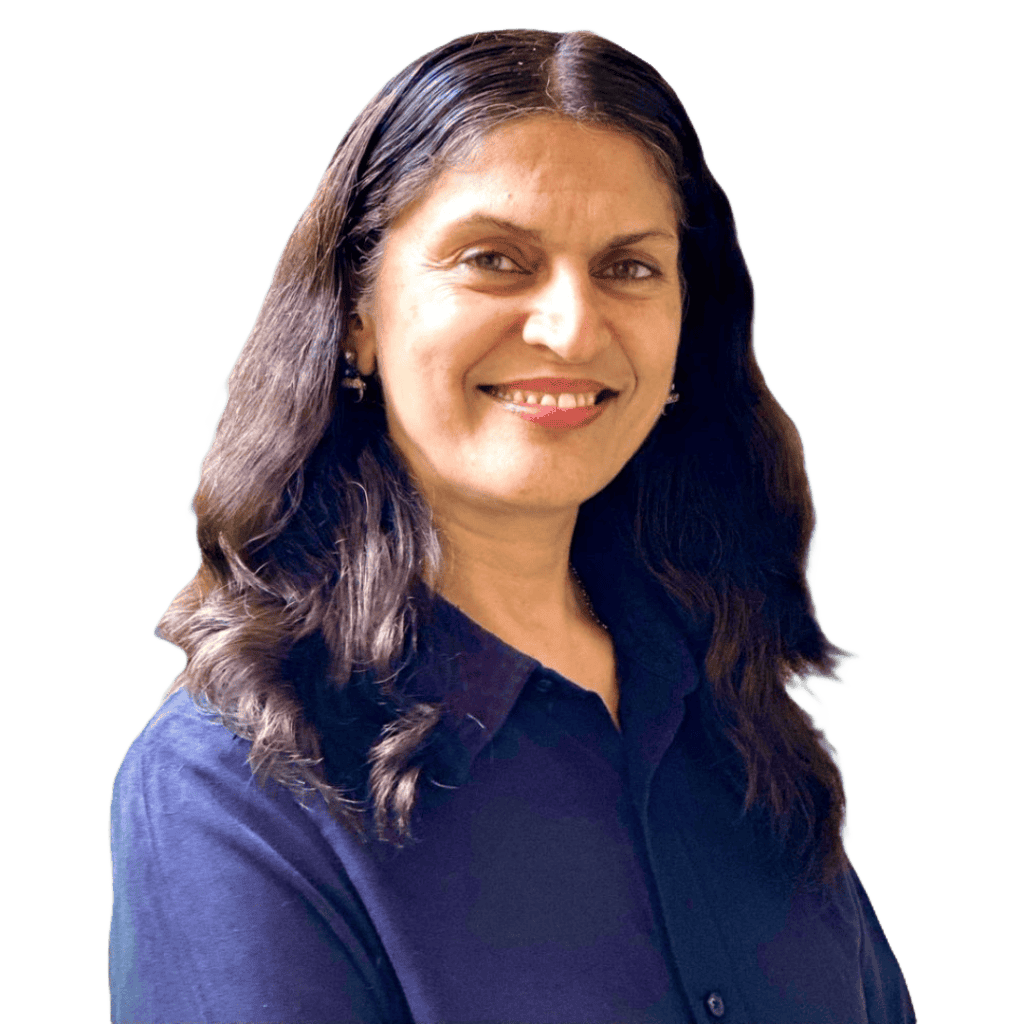
Ritu M. Uberoy has over twenty-five years of experience in the software and information technology industry in the United States and in India. She established Saviance Technologies in India and has been involved in the delivery of several successful software projects and products to clients in various industry segments.
Ritu completed AI for Health Care: Concepts and Applications from the Harvard T.H. Chan School of Public Health and Applied Generative AI for Digital Transformation from MIT Professional Education. She has successfully taught Gen AI concepts in a classroom setting in Houston and in workshop settings to C-Suite leaders in Boston and Cleveland. She attended HIMSS in March 2024 at Orlando and the Imagination in Action AI Summit at MIT in April 2024. She is also responsible for the GenAI Center of Excellence at BigRio and DigiMTM Digital Maturity Model and Assessment at Damo.
Ritu earned her Bachelor’s degree in Computer Science from Delhi Institute of Technology (now NSIT) and a Master’s degree in Computer Science from Santa Clara University in California. She has participated in the Fellow’s program at The Wharton School, University of Pennsylvania.
About the Host
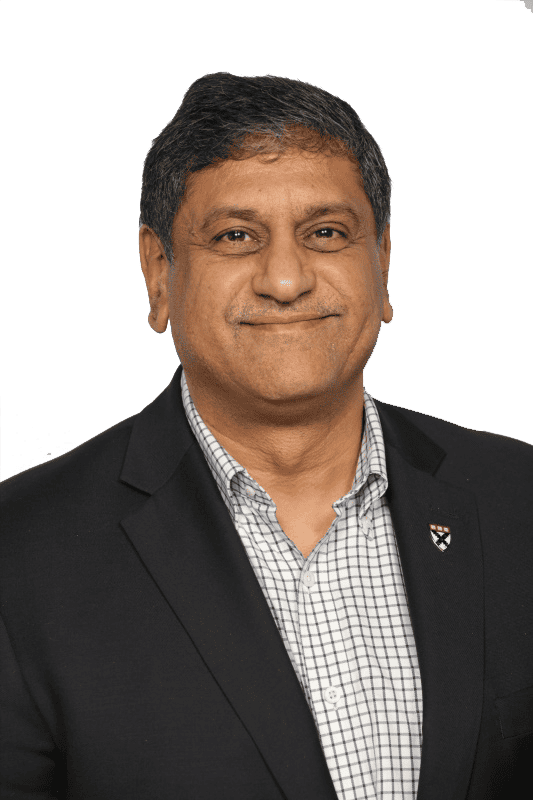
Rohit Mahajan is an entrepreneur and a leader in the information technology and software industry. His focus lies in the field of artificial intelligence and digital transformation. He has also written a book on Quantum Care, A Deep Dive into AI for Health Delivery and Research that has been published and has been trending #1 in several categories on Amazon.
Rohit is skilled in business and IT strategy, M&A, Sales & Marketing and Global Delivery. He holds a bachelor’s degree in Electronics and Communications Engineering, is a Wharton School Fellow and a graduate from the Harvard Business School.
Rohit is the CEO of Damo, Managing Partner and CEO of BigRio, the President at Citadel Discovery, Advisor at CarTwin, Managing Partner at C2R Tech, and Founder at BetterLungs. He has previously also worked with IBM and Wipro. He completed his executive education programs in AI in Business and Healthcare from MIT Sloan, MIT CSAIL and Harvard School of Public Health. He has completed the Global Healthcare Leaders Program from Harvard Medical School.
About the Legend
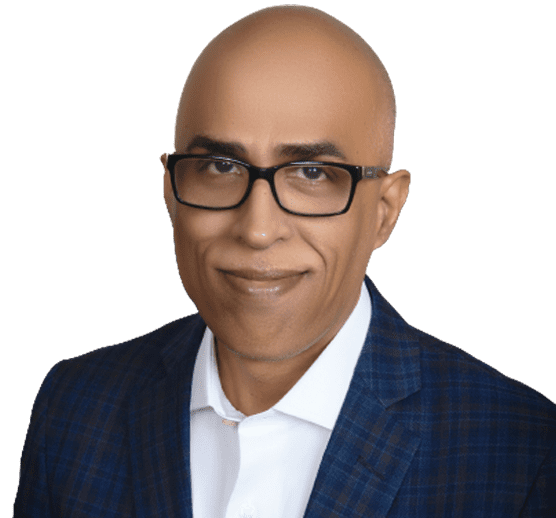
Paddy was the co-author of Healthcare Digital Transformation – How Consumerism, Technology and Pandemic are Accelerating the Future (Taylor & Francis, Aug 2020), along with Edward W. Marx. Paddy was also the author of the best-selling book The Big Unlock – Harnessing Data and Growing Digital Health Businesses in a Value-based Care Era (Archway Publishing, 2017). He was the host of the highly subscribed The Big Unlock podcast on digital transformation in healthcare featuring C-level executives from the healthcare and technology sectors. He was widely published and had a by-lined column in CIO Magazine and other respected industry publications.

